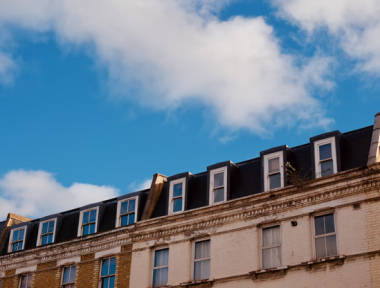What does fabric first mean?
A fabric-first approach means that buildings should focus on the performance of the components and materials that make up a home, rather than focusing all attention on post-construction additions.
Although post-construction additions, like solar panels, can help boost the sustainability of a home, they should not be seen as the ultimate solution. Ideally, homes should be made with a focus on sustainability from as early on as possible.
Using a fabric-first method means paying attention to things like using natural ventilation, maximising airtightness, eliminating thermal bridges and, of course, optimising insulation.
Only when insulation is viewed as a priority, will we be able to deliver truly eco-friendly homes.
Benefits of the fabric-first approach
Sustainability has become a major concern for many industries in the past few years and the housing and construction industry is one that needs significant change.
With the fabric-first approach, housing developers can ‘build in’ sustainability to every home. Here are some of the benefits that come from switching to this new approach:
- Improves energy efficiency. Fabric-first ensures that UK homes do not suffer from heat loss, and it removes our dependence on offsetting the carbon footprint once a house has already been built using mechanical or electrical renewable technologies.
- Saves money. Not only can this approach make the building process quicker for developers, cutting down on project costs, but it also will help homeowners reduce their energy bills.
- Reduces maintenance. If houses are built to be sustainable, there will be no need for retrofitting or ongoing maintenance in the future as homes are already built for purpose.
How is the government driving forward a fabric-first approach?
The Government introduced the UK Energy Security Strategy, which included £1.8 billion of funds that will go towards introducing energy efficiency measures and improving up to 500,000 homes across the country.
Although there aren’t currently any regulations that are pushing forward the fabric-first approach as strictly as many environmental activists would like, it is something that is expected to be included in the upcoming Future Homes and Buildings Standard 2025.

